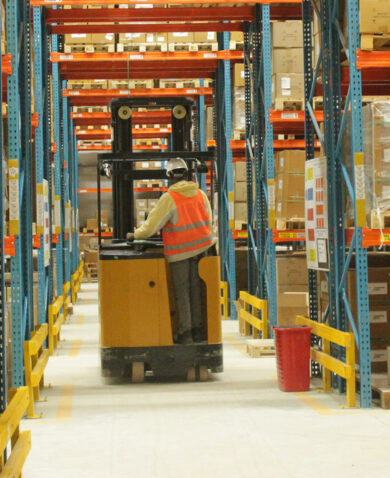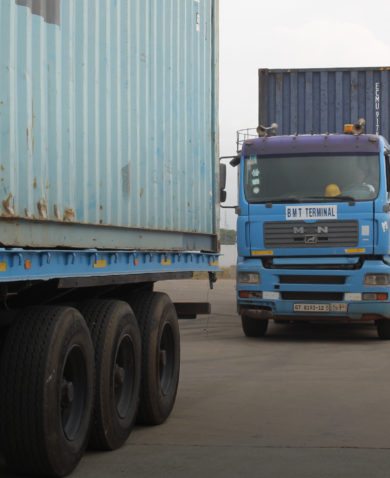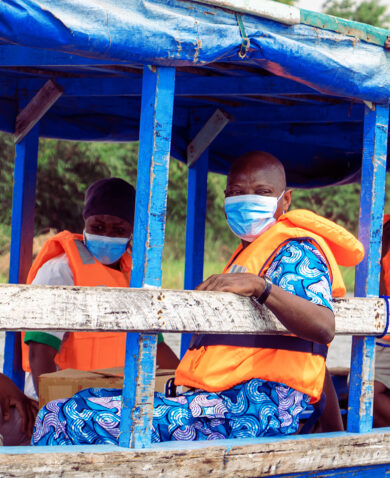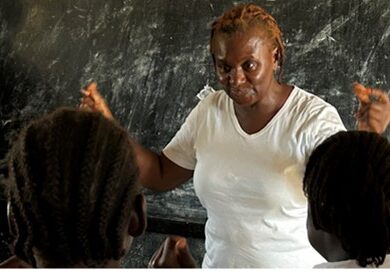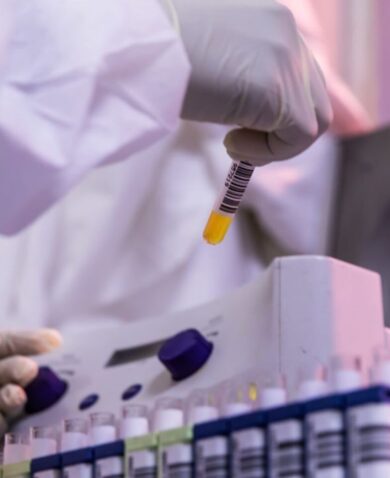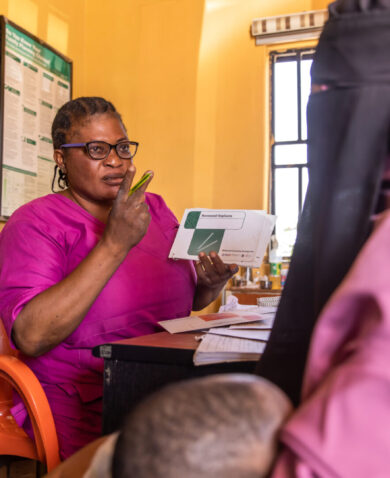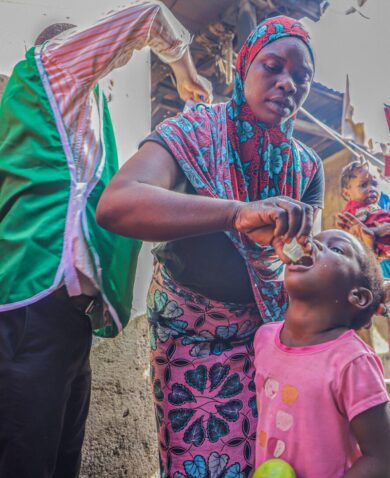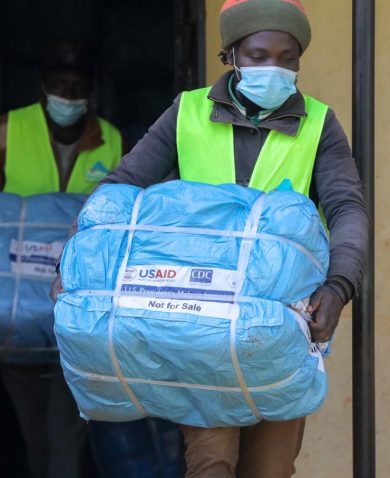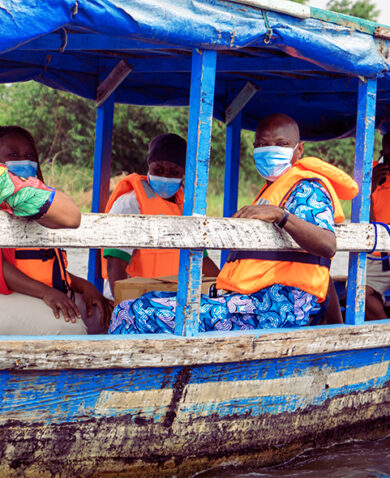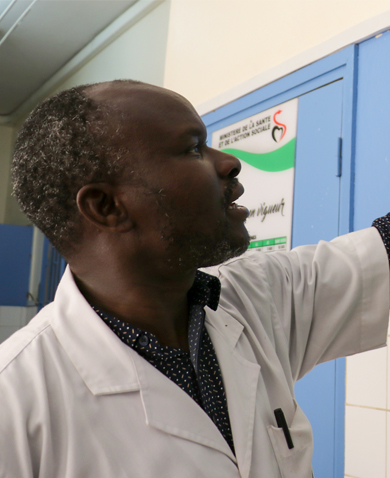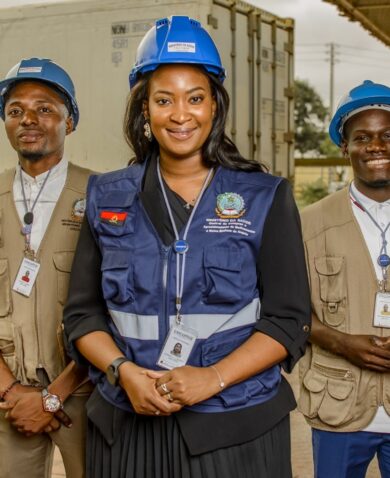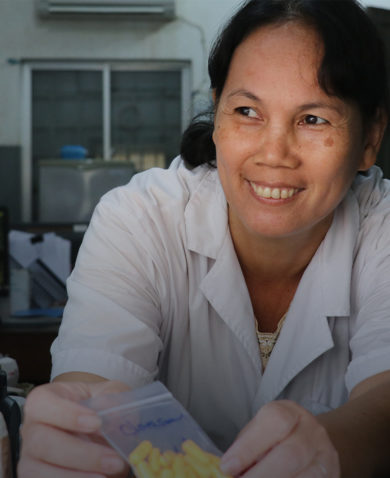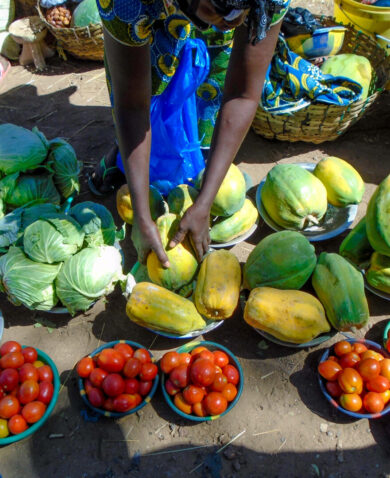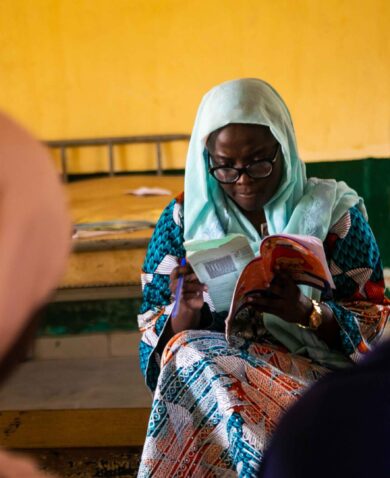
The Case for Dinosaurs and Fruit Flies in Pharmaceutical Supply Chains
December 8, 2016 | 2 Minute ReadLaura Petruzelli discusses why collaboration between innovators and established institutions is essential to most effectively deliver the medications and commodities that patients need.
At the Global Health Supply Chain Summit in Dar es Salaam, Tanzania, we had the opportunity to hear about innovations, public-private partnerships, and other unique solutions that actors from various points of pharmaceutical supply chains are utilizing to solve last mile challenges. Unmanned aerial vehicles, blockchains, Uber-like mobile phone applications for delivery of essential medicines, country-wide electronic information management systems to replace paper-based records — all these and more. A dizzying array of options, some of which are admittedly unproven as far as sustainability and cost effectiveness.
When it comes to innovation, one of the keynote speakers from the summit encouraged participants to “be the fruit fly,” not the dinosaur. Dinosaurs, despite their power and strength, were unable to adapt and evolve quickly enough with changing extreme environmental circumstances and other factors. As time marched on, dinosaurs ultimately became extinct and are now a relic of the past. Fruit flies — quick, nimble, and dynamic — succeeded, continuing to exist and survive up to the present day by reacting and adapting rapidly despite dynamic environmental changes happening around them.
So, what does this mean for supply chain practitioners in this context? It means that, as pharmaceutical supply chain practitioners work tirelessly to ensure patients have the medications and commodities they need, the world continues to turn and evolve due to global, epidemiological, environmental and other yet-to-be-anticipated factors beyond our control. The industry clock ticks with blinding speed at times. The tweaks and system improvements that sometimes take a great deal of time, money, energy, buy-in, and sheer will to implement are outdated by the time they come to fruition. Today’s innovations will be, or already are, outdated tomorrow.
That’s not to say there is not a place for the dinosaurs in this space and the standards, slower pace, and yes, bureaucracy, with which they operate. Larger institutions are a necessity by virtue of their work within and among public health pharmaceutical supply chains. They bring institutional knowledge and history, with access to a larger universe of patients and beneficiaries. Fruit flies push the dinosaurs to be competitive, experimenting with new approaches and techniques to be adapted to the larger world. Both types of organizations need each other to serve those most in need, particularly at the last mile. For example, an innovator can develop several types of unmanned aerial vehicles with revolutionary potential yet will rely on national supply chain institutions and actors on the ground to select testing sites and partner together to make this technology affordable and sustainable. As we explore new innovations, technologies, and private sector techniques to apply to our own work here on the USAID Global Health Supply Chain Program – Procurement and Supply Management (GHSC-PSM) project, we too will be looking to large and small organizations around the world to test, scale, and implement them on the ground. A lot of people are negatively impacted, and lives are at risk, if we fail to work together and deliver.
No matter what type of institution you are, large or small, what can we learn from each other? How can large institutions (public or private) adapt more quickly and remain open to change and innovation without fear, doubt, or suspicion? How can smaller institutions adopt and implement standards, share the newest thinking, and slow down at times? Let’s not be intimidated or suspicious of dinosaurs or fruit flies. At the end of the day, fruit flies and dinosaurs need to co-exist together to serve patients.

